The etymology of June is most commonly traced back to the Latin Iūnō, a word implying vigorous, youthful energy, which is exactly what you should, will, leave any good architecture and/or design exhibition pumped with on account of the impulses, stimulations and questionings that exhibition has given you in return for your entrance fee.
And a vigorous, youthful energy that is very much in demand in these days of ours.
Our five recommended locations for reviving your personal Iūnō, and by extrapolation our collective Iūnō, in June 2025 can be found in Weil am Rhein, Bloomfield Hills, Copenhagen, Barcelona and Tübingen.......
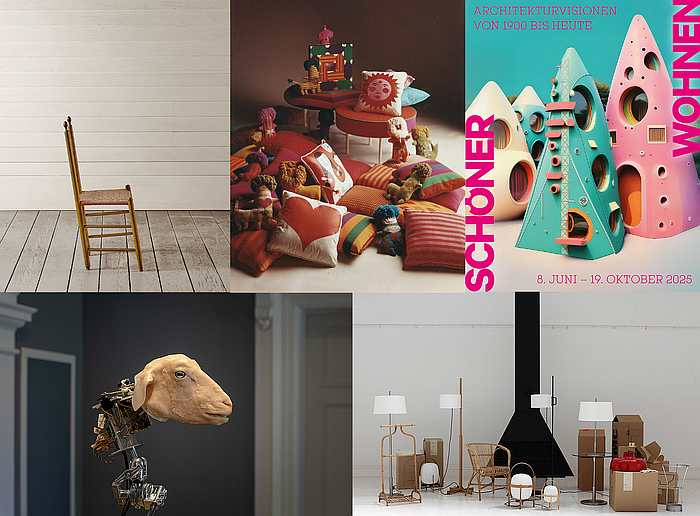
Established in New York State in the second half of the 18th century by a group of religious exiles from England, the United Society of Believers in Christ's Second Appearing a.k.a. the Shakers — a common name bequeathed on account of their erratic movements and spontaneous dancing during religious communion — would, inarguably, be today just one of a myriad protestant sects from that period were it not for for one decisive thing: their furniture.
Furniture which for all it, without question, can be, and regularly is, associated with the Shakers religious beliefs, can be seen as a physical expression of the Shakers beliefs, a carrying through of their society into that society's objects of daily use, is not only a lot more complicated than that, but as furniture is also very informative and instructive not only in terms of definitions of functionality in context of furniture and interior design, nor only informative and instructive in terms of relationships between furniture and users, between space and users, but also most informative and instructive in context of the development of furniture design in the USA since the late 17th century and its relationships to the development of furniture design in Europe over that same period.
And furniture that tends to, but shouldn't, but tends to, distract one's attention from the equally instructive and informative architecture of the Shakers.
Organised by the Vitra Design Museum in conjunction with Milwaukee Art Museum, the Institute of Contemporary Art Philadelphia and the Shaker Museum, Chatham, NY, The Shakers: A World in the Making promises an exploration of Shaker furniture and architecture in a wide variety of forms and contexts juxtaposed with seven specially commissioned works by international contemporary artists and designers such as, and amongst others, Christien Meindertsma, Finnegan Shannon or Amie Cunat, that stand in discourse with the (hi)story of the Shakers, of their furniture and architecture, of their practices and beliefs.
And that in doing so and being such should enable an alternative, fresh, perspective on not just the furniture and architecture of the Shakers and the conversations one can have with that architecture and furniture beyond those that have become established by convention over the decades, but also enable differentiated perspectives on the Shakers as a community established in 18th century America in 21st century America.
The Shakers: A World in the Making is scheduled to open at the Vitra Design Museum, Charles-Eames-Str. 2, 79576 Weil am Rhein on Saturday June 7th and run until Sunday September 28th. Further details can be found at www.design-museum.de
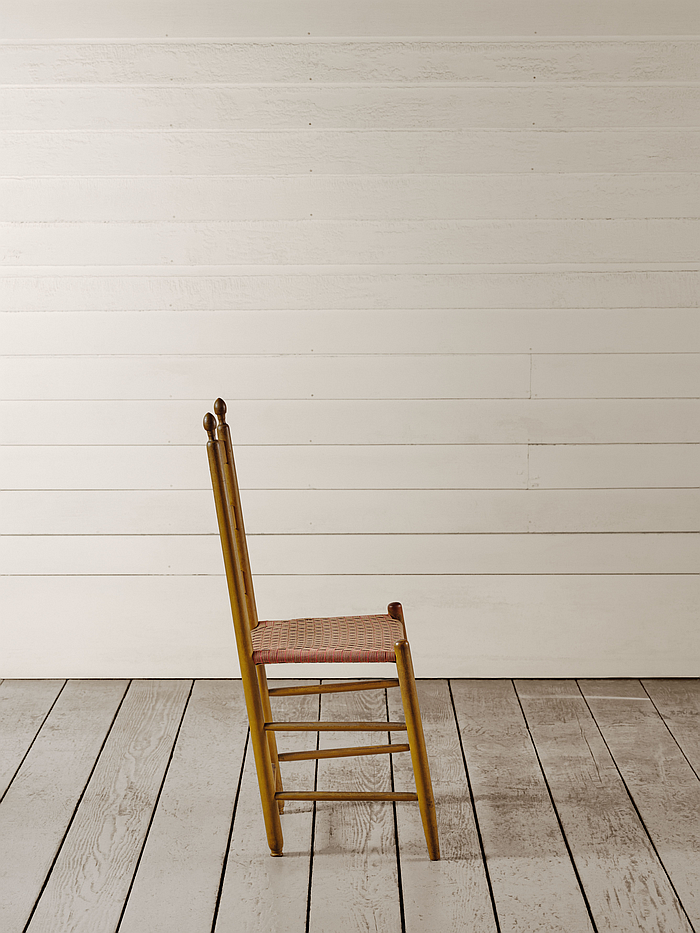
Much as the Bauhauses are seen as the cradle of European Functionalist Modernism, but that is far too narrow a view, is a view in need of expanding, so to is the popular appreciation of the role of Cranbrook Academy of Art in the development of Mid-century Modern in the USA: Cranbrook was without question of central importance, but wasn't alone responsible. We need to expand the popular view of design in the USA of the 1940s, 50s and 60s.
Something Cranbrook Art Museum aim to achieve with Eventually Everything Connects, an exhibition that promises a presentation of some 200 objects by both Cranbrook alumni such as, for example, Harry Bertoia, Charles Eames or Eero Saarinen and also by others not directly associated with Cranbrook but without whom the developments of the age would have been very different, including, and amongst others: Hungarian émigré Eszter Haraszty who joined Knoll Associates as a textile designer in the late 1940s and headed the Knoll textile department in the early 1950s; Tomoko Miho a graphic designer who in addition to being Creative Director at George Nelson Associates was also responsible for many Hermann Miller campaigns and identity work; or Edward J Wormley that criminally underrated designer whose take on the period spoke of a more humane, and slightly more decadent, Modernism, was reduced, functional, designed to be easily produced, but had a luxury of its own.
An extension of the narrative beyond the familiar protagonists that Cranbrook Art Museum are keen to stress particularly highlights the roles of "women, LGBTQ+ individuals, and designers of color during this period", a welcome and important highlighting: on the one hand by way of rescuing from their current relative anonymity all those creatives who had the audacity not to belong to the permanently visible dominant section of society, and on the other being staged as it is in a contemporary USA that seems determined to not so much forget as denounce the diversity that once made it great. Even if that diversity couldn't always speak its name in those years past. Which is why its important we speak its name today.
Thus Eventually Everything Connects should not only allow for the better appreciations of the development of design in 20th century America that we all need, not least by way of demythologising much of the discourse of design in America in the mid-20th century, but should also help explain the complexity of design in any age, and thus the absurdity of focussing on a few creatives and buzzwords and the necessity to fully embrace the complexity and diversity. The complexity and diversity of then and of now.
Eventually Everything Connects: Mid-Century Modern Design in the US is scheduled to open at Cranbrook Art Museum, 39221 Woodward Ave, Bloomfield Hills, MI 48303 on Saturday June 14th and run until Sunday September 21st. Further details can be found at https://cranbrookartmuseum.org
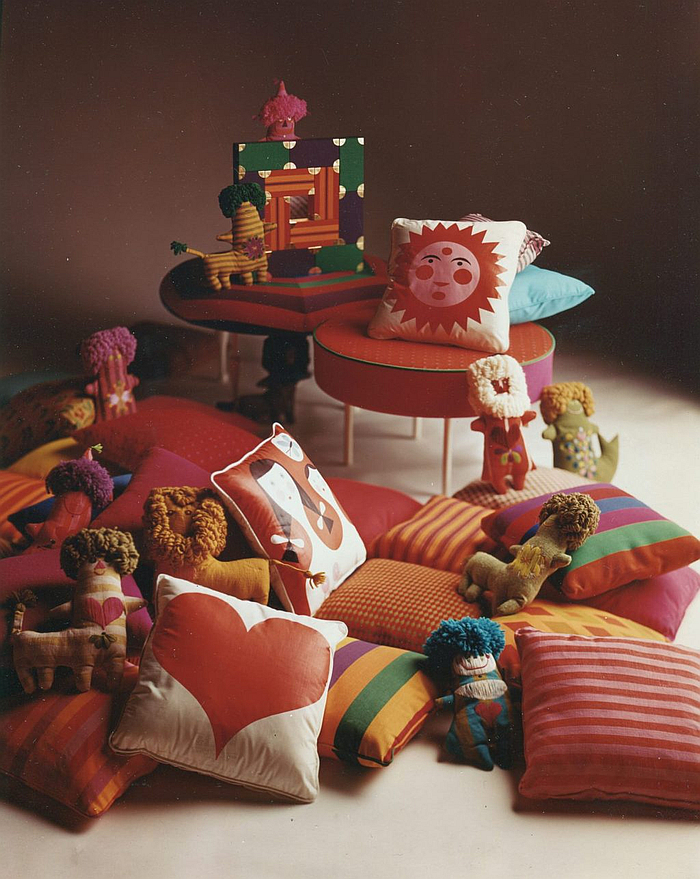
Current debates about the advantages and dangers of AI often sound as if the human species has never been faced with fundamental questions posed by novel technology, as if AI is the very first time in the long (hi)story of human society novel technology has threatened to turn human society on its head, to change the course of human society's path. When in reality we always have been faced with fundamental questions posed by novel technology.
Arguably ever since stone began to cede to bronze.
And since time immemorial debates around novel technology have tended to be advanced in exactly the polarised manner via which contemporary debates concerning AI are being advanced.
With Soft Robots. The Art of Digital Breathing Copenhagen Contemporary seek to contribute to the global AI debate via a presentation of works, positions, by some 15 international contemporary artists working in and across a range of formats, materials and mediums, which promise to explore aspects of contemporary, and speculative future, machine-human interactions in context of individual humans and society as a whole.
A presentation which via the diversity of positions and contexts contained therein should enable a differentiated perspective on not only those fundamental questions AI is posing, but also on how we approach fundamental questions posed by any and every novel technology.
To question the sense and value of polarised debates on such matters as opposed to a more open dialogue. Not least because as (hi)story tends to teach us, the consequences of the novel technology being discussed are still open, not least on account of the next novel technology racing up behind it.
Soft Robots. The Art of Digital Breathing is scheduled to open at Copenhagen Contemporary, Refshalevej 173A, 1432 Copenhagen on Friday June 20th and run until Wednesday December 31st. Further details can be found at https://copenhagencontemporary.org
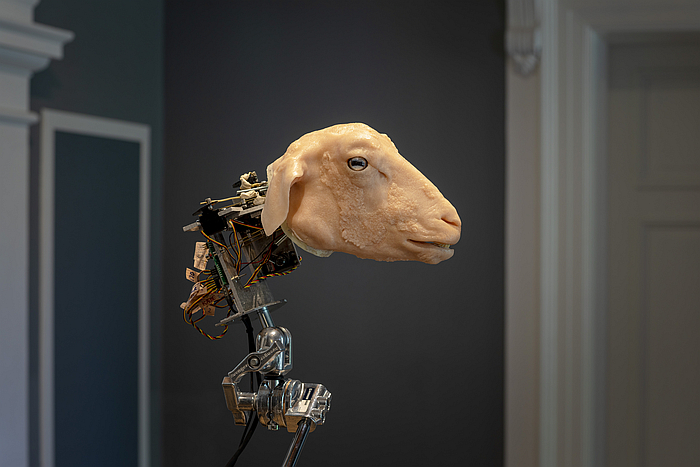
Born in Barcelona in 1931, Miguel Milá first made a name for himself as designer in the 1950s in context of the platform Trabajos Molestos, Annoying Jobs, a.k.a. Tramo, co-established with Francisco Ribas Barangé and Eduardo Pérez Ulibarri, and that not least via the collective's TMM and TMC floor lamps: height adjustable lamps where the shade slides up and down the central shaft in an effortless example of user-experienced design, before such was a thing, and of playfulness as functionality that thereby helps expand the positions of the 1920s and 30s in post 1939-45 War Europe.
The start of a professional career that saw Milá develop works as varied as, and as equally engaging, playful, communicative and expansive as, for example, the Cesta lamp from 1961, a portable lamp from an age before portable lamps, if, yes, given its age a cable-bound lamp and not a rechargeable battery lamp, but you can see where his thinking is going; MMS from 1963, a side table that is also a stackable side table concept that can be employed as a shelving system or as a functional interior design feature; or Tombal from 1990, an umbrella stand that can also be an ashtray or an ashtray that can also be an umbrella stand, two important objects in any hospitality context. But that aren't necessarily always needed at the same time.
Promising a presentation of some 200 products, prototypes, plans et al from the across the neigh on seven decades of Milá's career, Dissenyador (pre)industrial should not only provide for an informative overview of Milá's canon and the influence of Milá, in Catalonia and far beyond, throughout those seven decades, but also provide for a fitting opportunity to reflect on the life, work and legacy of a fascinating, if popularly overlooked, designer who passed away in August 2024 aged just 93.
Miguel Milá. Dissenyador (pre)industrial is scheduled top open at Disseny Hub Barcelona, Plaça de les Glòries Catalanes, 37-38 08018 Barcelona on Thursday June 19th and run until Sunday September 28th. Further details can be found at www.dissenyhub.barcelona
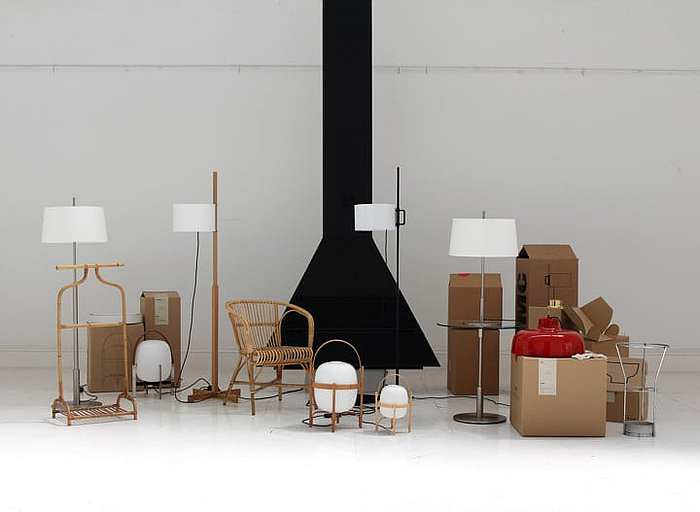
"Why do we have furniture exhibitions but no interior exhibitions?" asked once Verner Panton, following up with "That's what it's all about - living - isn't it?"1
And ideally living in a space that is not only functional and practical but also visually appealing.
With Schöner Wohnen Kunsthalle, Tübingen, promise to provide when not necessarily that interior exhibition Panton demanded, certainly an exhibtion of interior design proposals their authors considered the Schöner Wohnen, Beautiful Living, of the title. Positions on Schöner that, we suspect, will be openly up for discussion. Which was very much what Panton demanded: active discourse on interiors not passive consumption of that which the furniture industry offers.
And will do so via the medium of the architectural drawing.
Specifically via a presentation of architectural drawings since 1900 that in addition to providing insights in to how the selected, but sadly in advance unnamed, creatives defined Schöner Wohnen in and for their age, should also allow access to reflections on how positions on interiors, interior design, have changed over those 120 years, why those changes arose, how the changes relate to that which came before.
And should also stand as an abridged (hi)story of the development of the architectural drawing in context of interior design over those same 120 years.
And thus should also allow access to more focussed reflections on the role and function of the architectural drawing in interior design: a format that over decades has moved from a hand sketched object akin to a piece of art to a computer generated object and that in the future will, invariably, become not only an AI generated object but an immersive VR/AR/AI experience, with all the important questions that has on how the future of the architectural drawing will impact on the future of interior design. On the future of our interiors.
Questions that, and as with so many questions, better understanding the path thus travelled enables us to better formulate.
Schöner Wohnen. Architectural Visions from 1900 to Today is scheduled to open at Kunsthalle, Tübingen, Philosophenweg 76, 72076 Tübingen on Sunday June 8th and run until Sunday October 19th. Further details can be found at https://kunsthalle-tuebingen.de
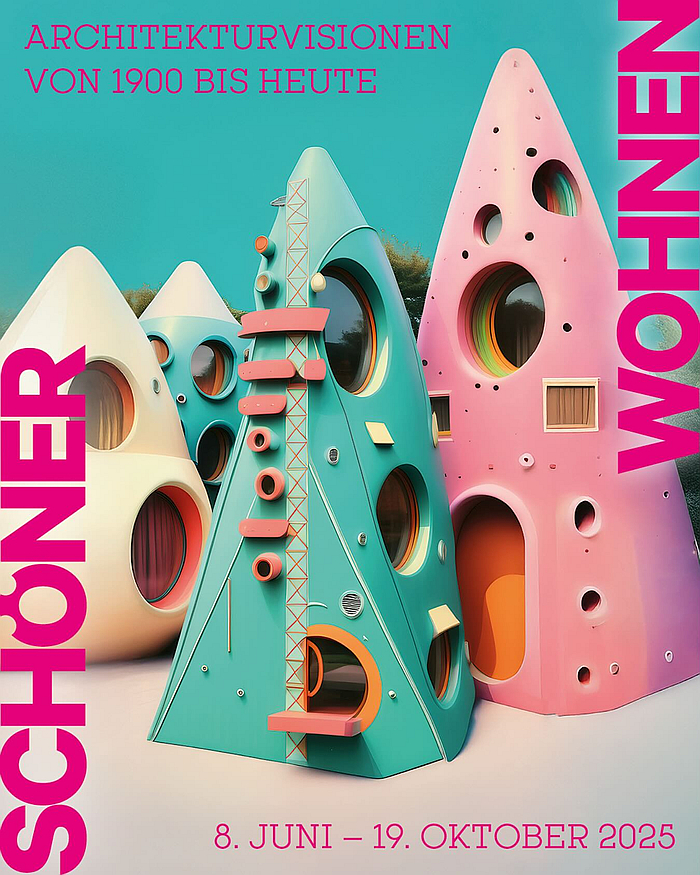
1Verner Panton: Meine Design-Philosophie, BÜROszene, Vol 47, Nrs. 1–2, 1995